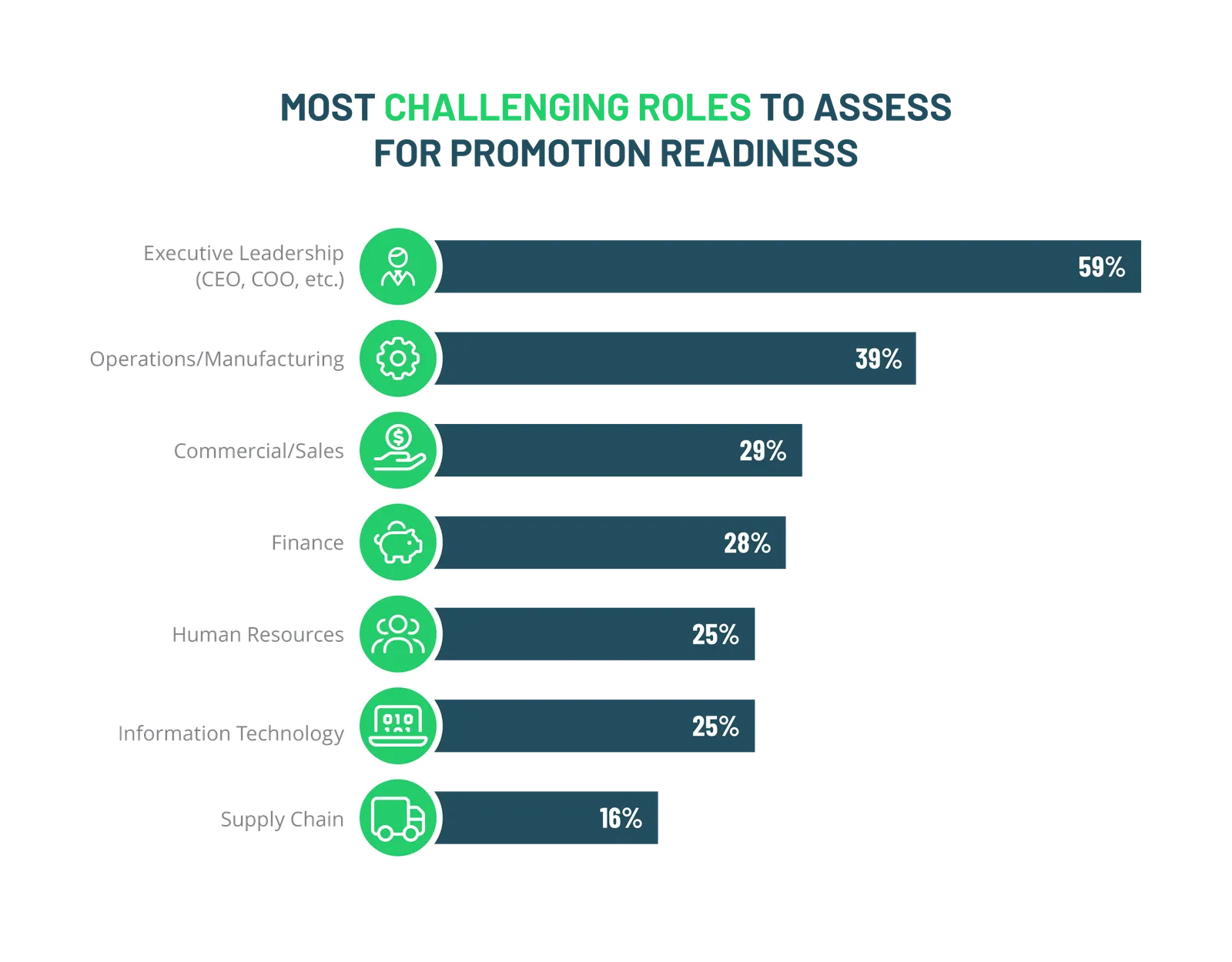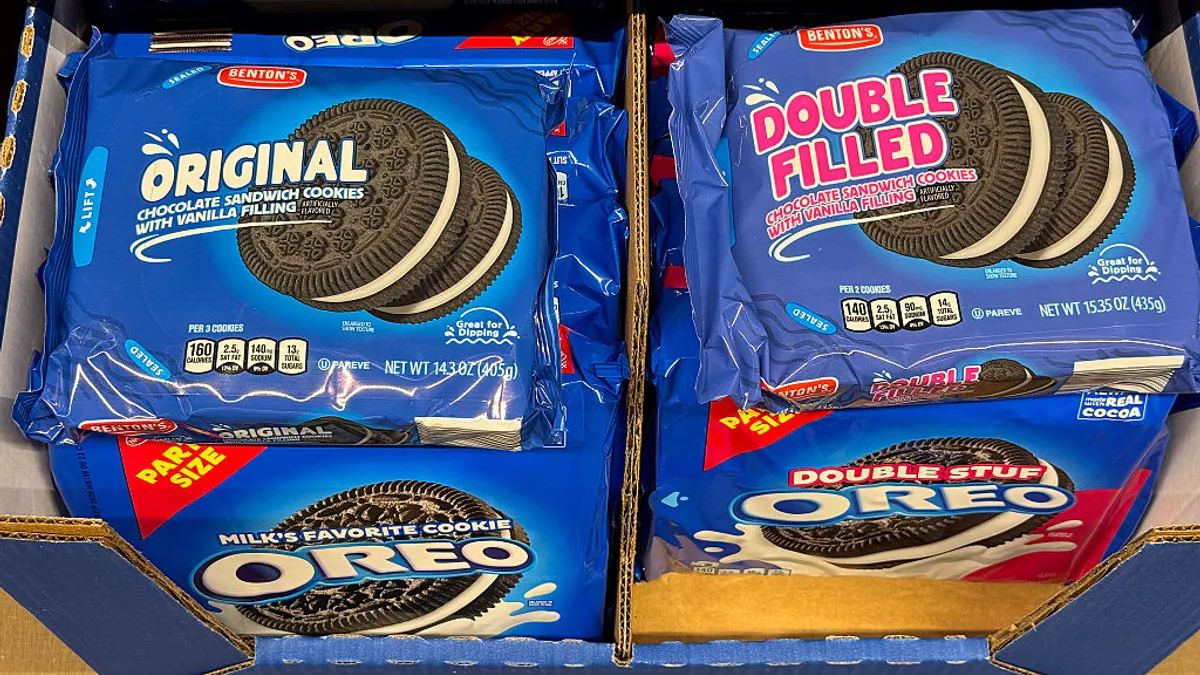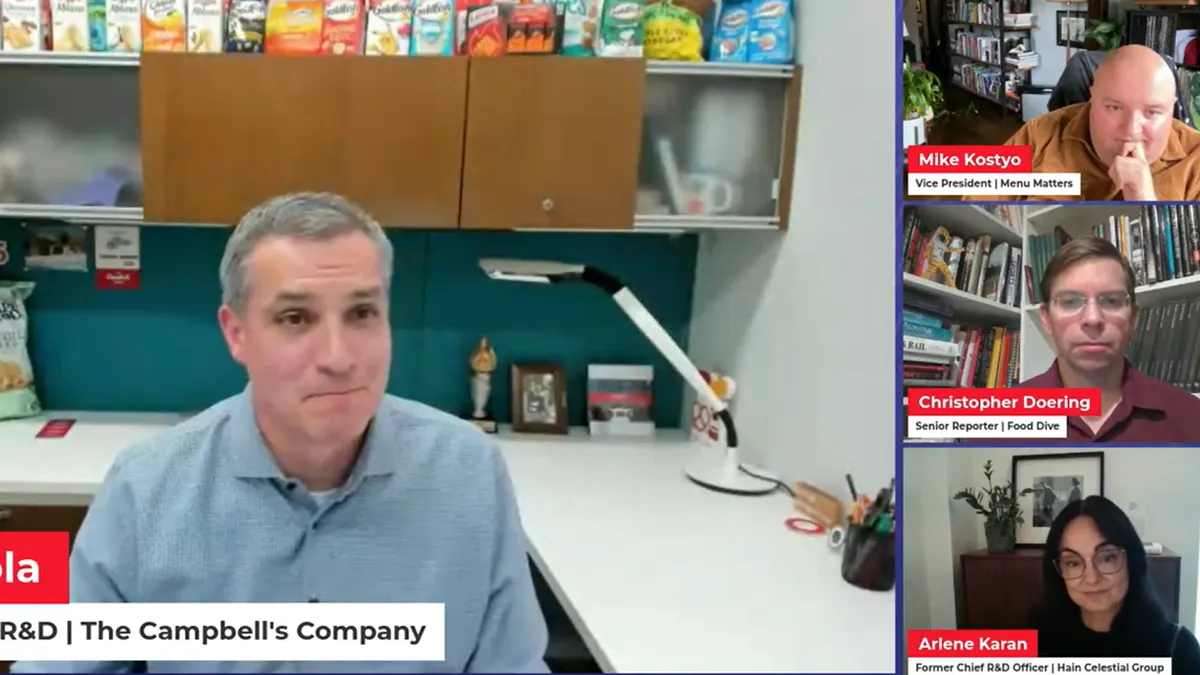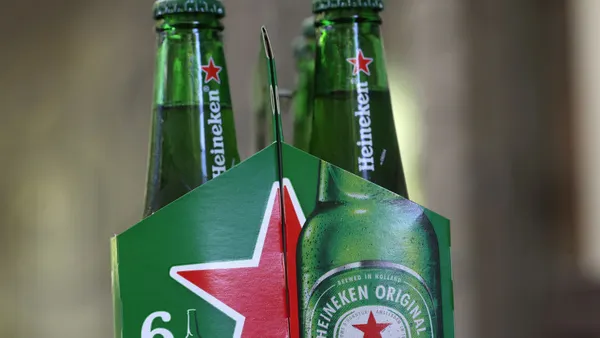Succession planning has become increasingly difficult for food and beverage companies as retirements accelerate and leaders change companies more frequently. Common challenges include thin bench strength, limited time for leadership development and a lack of structured processes to prepare employees for broader roles. In the absence of a succession plan, leadership transitions lead to disruptions in decision-making, gaps in technical expertise and added pressure on already stretched teams who must absorb additional responsibilities.
Recent research from executive search firm 3P Partners highlights the depth of the succession planning gap in the food & beverage industry. Their survey of 89 Food & Beverage industry executives found that 82% worried about losing institutional knowledge due to retirement or unplanned turnover and 45% had lost a key leader in the past year without a successor identified. Despite this, only 16% of food and beverage companies surveyed reported having a formal succession plan.
These gaps create the risk of operational disruption, loss of institutional knowledge and cultural instability during leadership transitions.
“Succession planning impacts every stage of business growth and all market conditions, yet it remains underprioritized in most food and beverage companies,” said Rachel Quinn, Managing Partner at 3P Partners. “The talent mistake leaders fear most is a bad hire. The bigger and often overlooked, risk is not having a clear succession plan. We often see strong operators without a ready bench. When change hits unexpectedly, the cost goes beyond time. It can unsettle customers, lenders and investors.”
Unsurprisingly, the survey results found that Operations and Manufacturing roles within the Food & Beverage industry were among the most challenging to assess for promotion readiness.

These functions often rely on leaders with deep technical expertise, yet few have been coached to translate that knowledge into strategic leadership or cross-functional influence.
Despite these challenges, companies that take a structured approach to succession planning are finding practical ways to strengthen leadership continuity. The research points to several practices that companies across the industry are using to strengthen leadership continuity:
- Start early and review often. The best programs identify successors two to three years in advance.
- Use structured tools. Frameworks like the nine-box grid help executives make objective, data-driven promotion decisions.
- Invest in mentorship. Pairing high-potential employees with experienced leaders transfers critical operational and cultural knowledge.
- Encourage cross-functional exposure. Future leaders who understand supply chain, finance and operations adapt faster.
- Prioritize culture and communication. Employees invest in companies that invest in them.
The complete research findings are available in 3P Partner’s newly released 2026 Salary Guide. The guide provides compensation data for more than 75 key roles, segmented by company size and function, along with insights on succession risks, talent availability and promotion readiness across the food and beverage sector.
The guide expands on the survey results summarized here and features additional insights from leaders at Latitude Wines, the Adams Group and A. Duda & Sons, Inc., who shared how their organizations are approaching succession planning, leadership development and talent readiness. You can download it for free here.










